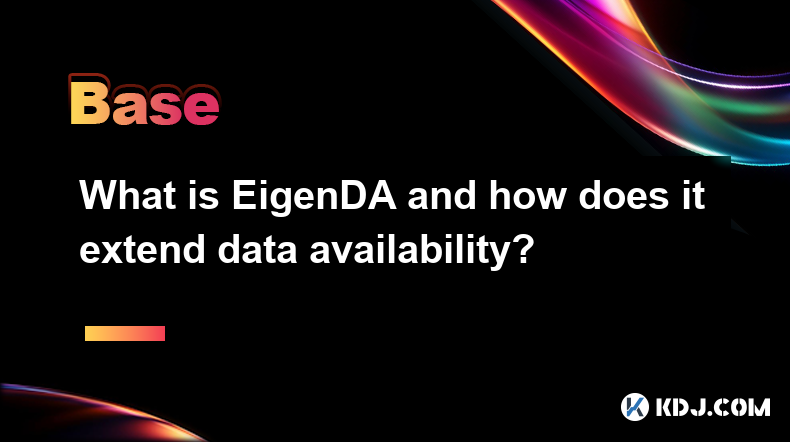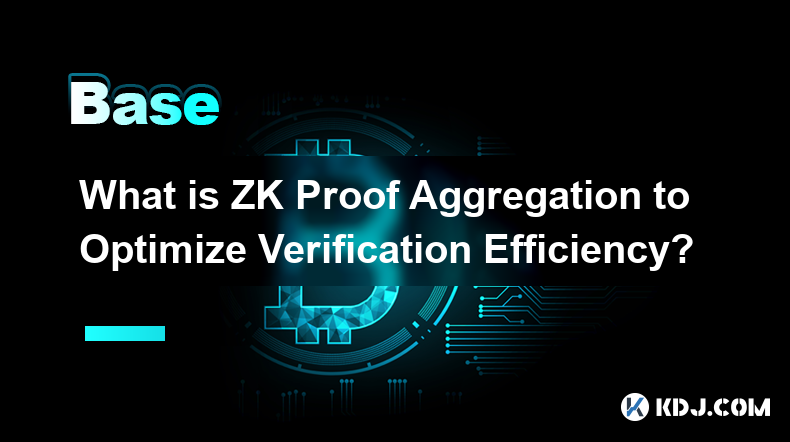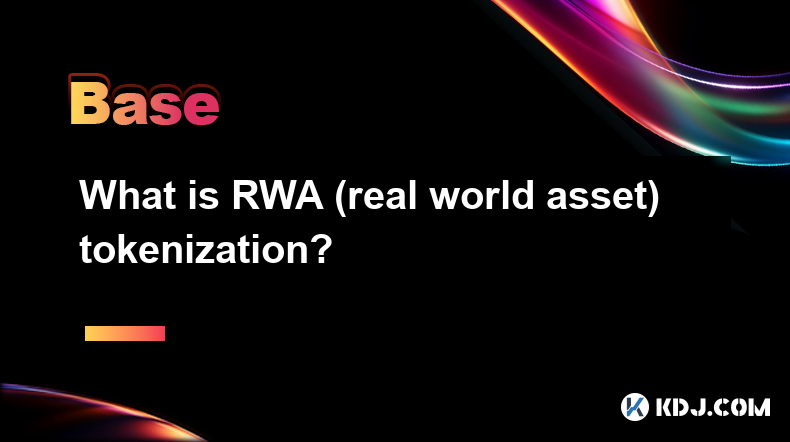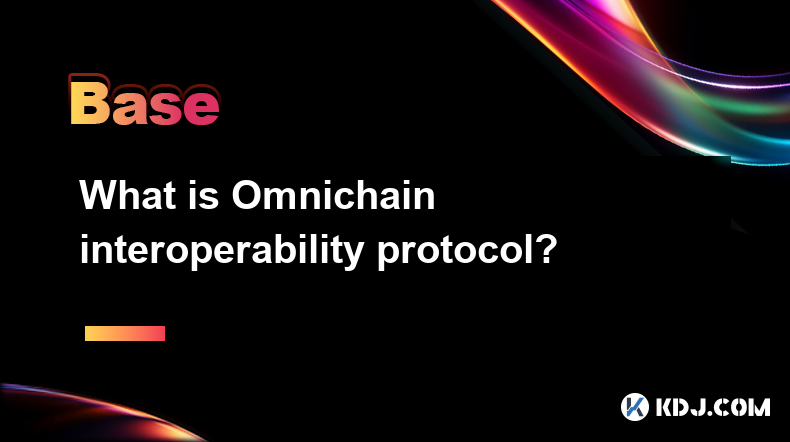-
 Bitcoin
Bitcoin $84,655.6797
1.84% -
 Ethereum
Ethereum $1,638.2069
4.51% -
 Tether USDt
Tether USDt $0.9995
0.00% -
 XRP
XRP $2.1285
5.77% -
 BNB
BNB $595.2684
1.49% -
 Solana
Solana $129.1530
7.51% -
 USDC
USDC $0.9999
-0.01% -
 Dogecoin
Dogecoin $0.1658
4.36% -
 TRON
TRON $0.2482
2.47% -
 Cardano
Cardano $0.6480
4.17% -
 UNUS SED LEO
UNUS SED LEO $9.3414
-0.53% -
 Chainlink
Chainlink $13.0482
3.43% -
 Avalanche
Avalanche $20.2950
5.30% -
 Stellar
Stellar $0.2452
5.80% -
 Toncoin
Toncoin $3.0180
1.99% -
 Sui
Sui $2.2916
4.56% -
 Shiba Inu
Shiba Inu $0.0...01256
4.22% -
 Hedera
Hedera $0.1711
2.66% -
 Bitcoin Cash
Bitcoin Cash $345.7661
11.04% -
 MANTRA
MANTRA $6.3308
-1.24% -
 Litecoin
Litecoin $78.4049
2.68% -
 Polkadot
Polkadot $3.6950
3.97% -
 Hyperliquid
Hyperliquid $16.1883
5.27% -
 Dai
Dai $1.0001
0.02% -
 Bitget Token
Bitget Token $4.3687
0.62% -
 Pi
Pi $0.7296
20.84% -
 Ethena USDe
Ethena USDe $0.9989
0.02% -
 Monero
Monero $206.1586
1.51% -
 Uniswap
Uniswap $5.5276
5.12% -
 OKB
OKB $53.5408
0.54%
What is Delayed Encryption technology?
Delayed Encryption Technology enhances cryptocurrency security by encrypting data with a time delay, using time-lock puzzles to prevent premature decryption.
Apr 11, 2025 at 10:42 pm

What is Delayed Encryption Technology?
In the world of cryptocurrencies, security is paramount. One of the innovative solutions to enhance the security of digital transactions is Delayed Encryption Technology. This technology introduces a layer of security by encrypting data with a time delay, ensuring that the information remains secure until a specified time has passed. This article delves into the intricacies of Delayed Encryption Technology, its applications in the cryptocurrency sphere, and how it contributes to the overall security of digital assets.
h3Understanding Delayed Encryption Technology
Delayed Encryption Technology, as the name suggests, involves encrypting data in such a way that it cannot be decrypted until a predetermined time has elapsed. This is achieved through the use of time-lock puzzles, which are cryptographic puzzles designed to require a certain amount of time to solve. The key concept here is that the decryption process is inherently tied to the passage of time, making it impossible to access the encrypted data before the set time.
The primary mechanism behind Delayed Encryption involves the use of a time-lock puzzle combined with a standard encryption algorithm. When data is encrypted using Delayed Encryption, the decryption key is hidden within a time-lock puzzle. Only after the puzzle has been solved, which takes a predetermined amount of time, can the key be retrieved and used to decrypt the data. This ensures that even if an attacker gains access to the encrypted data, they cannot decrypt it until the time has passed.
h3Applications of Delayed Encryption in Cryptocurrencies
In the cryptocurrency ecosystem, Delayed Encryption Technology has several practical applications. One of the most significant uses is in secure transaction processing. For instance, when a user initiates a cryptocurrency transaction, the transaction details can be encrypted using Delayed Encryption. This means that the transaction cannot be tampered with or altered until the time delay has expired, ensuring the integrity of the transaction.
Another application is in smart contracts. Smart contracts, which are self-executing contracts with the terms directly written into code, can benefit from Delayed Encryption by ensuring that certain conditions or actions cannot be executed until a specific time has passed. This adds an additional layer of security and trust to the smart contract, as it prevents premature or unauthorized execution.
h3How Delayed Encryption Enhances Security
The primary advantage of Delayed Encryption Technology is its ability to enhance the security of digital assets. By introducing a time delay into the encryption process, it becomes significantly more difficult for attackers to access sensitive information. Even if an attacker manages to intercept encrypted data, they must wait for the time delay to expire before they can attempt to decrypt it, giving the legitimate owner time to take countermeasures.
Moreover, Delayed Encryption can be used to protect against quantum computing threats. Quantum computers pose a significant risk to current encryption methods, as they can potentially break many of the cryptographic algorithms used today. By incorporating a time delay, Delayed Encryption ensures that even if a quantum computer were to be used to crack the encryption, the data would remain secure until the time delay has expired, providing a temporary shield against such threats.
h3Implementing Delayed Encryption in Cryptocurrency Systems
Implementing Delayed Encryption in cryptocurrency systems involves several steps. Here is a detailed guide on how to integrate this technology into a cryptocurrency platform:
Choose a Time-Lock Puzzle Algorithm: The first step is to select a suitable time-lock puzzle algorithm. Popular choices include the Rivest-Shamir-Wagner (RSW) time-lock puzzle and the Boneh-Franklin time-lock puzzle. The choice depends on the specific requirements of the system, such as the desired time delay and computational resources available.
Integrate the Time-Lock Puzzle with Encryption: Once the time-lock puzzle algorithm is chosen, it needs to be integrated with a standard encryption algorithm. This involves encrypting the data using the standard algorithm and then hiding the decryption key within the time-lock puzzle. The encrypted data and the time-lock puzzle are then stored together.
Set the Time Delay: The next step is to set the desired time delay. This is done by configuring the time-lock puzzle to require a specific amount of time to solve. The time delay can be adjusted based on the security needs of the system.
Implement the Decryption Process: Finally, the decryption process needs to be implemented. This involves solving the time-lock puzzle to retrieve the decryption key and then using the key to decrypt the data. The system should be designed to automatically initiate the decryption process once the time delay has expired.
h3Challenges and Considerations
While Delayed Encryption Technology offers significant security benefits, it also comes with certain challenges and considerations. One of the main challenges is the computational overhead associated with solving time-lock puzzles. Depending on the chosen algorithm and the desired time delay, solving the puzzle can require significant computational resources, which may impact the performance of the system.
Another consideration is the accuracy of the time delay. The time delay must be accurately set and maintained to ensure that the data remains secure until the intended time. Any discrepancies in the time delay could potentially compromise the security of the system.
Additionally, user experience must be taken into account. The introduction of a time delay in the encryption process may affect the user experience, particularly in applications where immediate access to data is required. Balancing security with usability is crucial when implementing Delayed Encryption Technology.
Frequently Asked Questions
Q: Can Delayed Encryption be used with all types of cryptocurrencies?
A: Delayed Encryption can be integrated with most types of cryptocurrencies, provided the underlying system supports the necessary cryptographic algorithms and time-lock puzzles. However, the specific implementation may vary depending on the cryptocurrency's architecture and security requirements.
Q: How does Delayed Encryption protect against insider threats?
A: Delayed Encryption can protect against insider threats by ensuring that even if an insider gains access to encrypted data, they cannot decrypt it until the time delay has expired. This adds an additional layer of security, as it prevents insiders from immediately accessing sensitive information.
Q: Are there any alternatives to Delayed Encryption for enhancing cryptocurrency security?
A: Yes, there are several alternatives to Delayed Encryption for enhancing cryptocurrency security. These include multi-signature wallets, zero-knowledge proofs, and homomorphic encryption. Each of these methods offers different security benefits and can be used in conjunction with Delayed Encryption to create a robust security framework.
Q: How can users verify that the time delay in Delayed Encryption is functioning correctly?
A: Users can verify the time delay by monitoring the system's logs and timestamps. Additionally, some implementations of Delayed Encryption may include features that allow users to check the status of the time-lock puzzle and the remaining time until decryption is possible.
Disclaimer:info@kdj.com
The information provided is not trading advice. kdj.com does not assume any responsibility for any investments made based on the information provided in this article. Cryptocurrencies are highly volatile and it is highly recommended that you invest with caution after thorough research!
If you believe that the content used on this website infringes your copyright, please contact us immediately (info@kdj.com) and we will delete it promptly.
- Shiba Inu (SHIB) Has Cemented Its Status as One of the Trendiest Meme Coins
- 2025-04-13 02:00:13
- MAGACOIN FINANCE (MGA) Is Buzzing—and It's One of the Best Cryptos to Buy Today
- 2025-04-13 02:00:13
- Once gushed over and tipped to usurp Bitcoin, Ethereum now faces what at least one analyst has dubbed a “midlife crisis.”
- 2025-04-13 01:55:14
- Sui (SUI), which is in the 17th position of cryptocurrencies, has been getting more attention recently
- 2025-04-13 01:55:14
- UXLINK Partners with Stanford to Shape the Future of Digital Currency
- 2025-04-13 01:55:13
- SUI Price Recovers Strongly from Recent Lows After Reclaiming the $2.18 Mark. The Price is Now Testing Resistance at $2.22
- 2025-04-13 01:55:13
Related knowledge

What is Delayed Encryption technology?
Apr 11,2025 at 10:42pm
What is Delayed Encryption Technology? In the world of cryptocurrencies, security is paramount. One of the innovative solutions to enhance the security of digital transactions is Delayed Encryption Technology. This technology introduces a layer of security by encrypting data with a time delay, ensuring that the information remains secure until a specifi...

What is EigenDA and how does it extend data availability?
Apr 11,2025 at 05:28pm
EigenDA is a groundbreaking solution within the cryptocurrency ecosystem designed to enhance data availability across blockchain networks. Developed by EigenLayer, EigenDA aims to address the critical issue of data availability, ensuring that all participants in a blockchain network can access the necessary data to verify transactions and maintain the i...

What is ZK Proof Aggregation to Optimize Verification Efficiency?
Apr 11,2025 at 05:42pm
ZK Proof Aggregation is a technique used in the field of zero-knowledge proofs (ZKPs) to enhance the efficiency of verifying multiple proofs. In the context of cryptocurrencies, where scalability and efficiency are paramount, ZK Proof Aggregation plays a crucial role in optimizing the verification process. This method allows multiple proofs to be combin...

What is DePIN (Decentralized Physical Infrastructure)?
Apr 12,2025 at 01:42am
What is DePIN (Decentralized Physical Infrastructure)? DePIN, or Decentralized Physical Infrastructure, represents a groundbreaking approach to building and managing physical infrastructure using decentralized technologies. At its core, DePIN leverages blockchain and other decentralized systems to create, operate, and maintain physical assets in a way t...

What is RWA (real world asset) tokenization?
Apr 13,2025 at 12:21am
What is RWA (Real World Asset) Tokenization? RWA (Real World Asset) tokenization refers to the process of converting tangible or intangible real-world assets into digital tokens on a blockchain. This innovative approach allows for the representation, ownership, and transfer of assets such as real estate, art, commodities, and intellectual property throu...

What is Omnichain interoperability protocol?
Apr 11,2025 at 08:36pm
The Omnichain interoperability protocol refers to a technology designed to enable seamless interaction and data exchange between different blockchain networks. This protocol aims to solve the issue of blockchain isolation by allowing assets, data, and functionalities to move freely across various chains. In essence, Omnichain interoperability facilitate...

What is Delayed Encryption technology?
Apr 11,2025 at 10:42pm
What is Delayed Encryption Technology? In the world of cryptocurrencies, security is paramount. One of the innovative solutions to enhance the security of digital transactions is Delayed Encryption Technology. This technology introduces a layer of security by encrypting data with a time delay, ensuring that the information remains secure until a specifi...

What is EigenDA and how does it extend data availability?
Apr 11,2025 at 05:28pm
EigenDA is a groundbreaking solution within the cryptocurrency ecosystem designed to enhance data availability across blockchain networks. Developed by EigenLayer, EigenDA aims to address the critical issue of data availability, ensuring that all participants in a blockchain network can access the necessary data to verify transactions and maintain the i...

What is ZK Proof Aggregation to Optimize Verification Efficiency?
Apr 11,2025 at 05:42pm
ZK Proof Aggregation is a technique used in the field of zero-knowledge proofs (ZKPs) to enhance the efficiency of verifying multiple proofs. In the context of cryptocurrencies, where scalability and efficiency are paramount, ZK Proof Aggregation plays a crucial role in optimizing the verification process. This method allows multiple proofs to be combin...

What is DePIN (Decentralized Physical Infrastructure)?
Apr 12,2025 at 01:42am
What is DePIN (Decentralized Physical Infrastructure)? DePIN, or Decentralized Physical Infrastructure, represents a groundbreaking approach to building and managing physical infrastructure using decentralized technologies. At its core, DePIN leverages blockchain and other decentralized systems to create, operate, and maintain physical assets in a way t...

What is RWA (real world asset) tokenization?
Apr 13,2025 at 12:21am
What is RWA (Real World Asset) Tokenization? RWA (Real World Asset) tokenization refers to the process of converting tangible or intangible real-world assets into digital tokens on a blockchain. This innovative approach allows for the representation, ownership, and transfer of assets such as real estate, art, commodities, and intellectual property throu...

What is Omnichain interoperability protocol?
Apr 11,2025 at 08:36pm
The Omnichain interoperability protocol refers to a technology designed to enable seamless interaction and data exchange between different blockchain networks. This protocol aims to solve the issue of blockchain isolation by allowing assets, data, and functionalities to move freely across various chains. In essence, Omnichain interoperability facilitate...
See all articles























































































